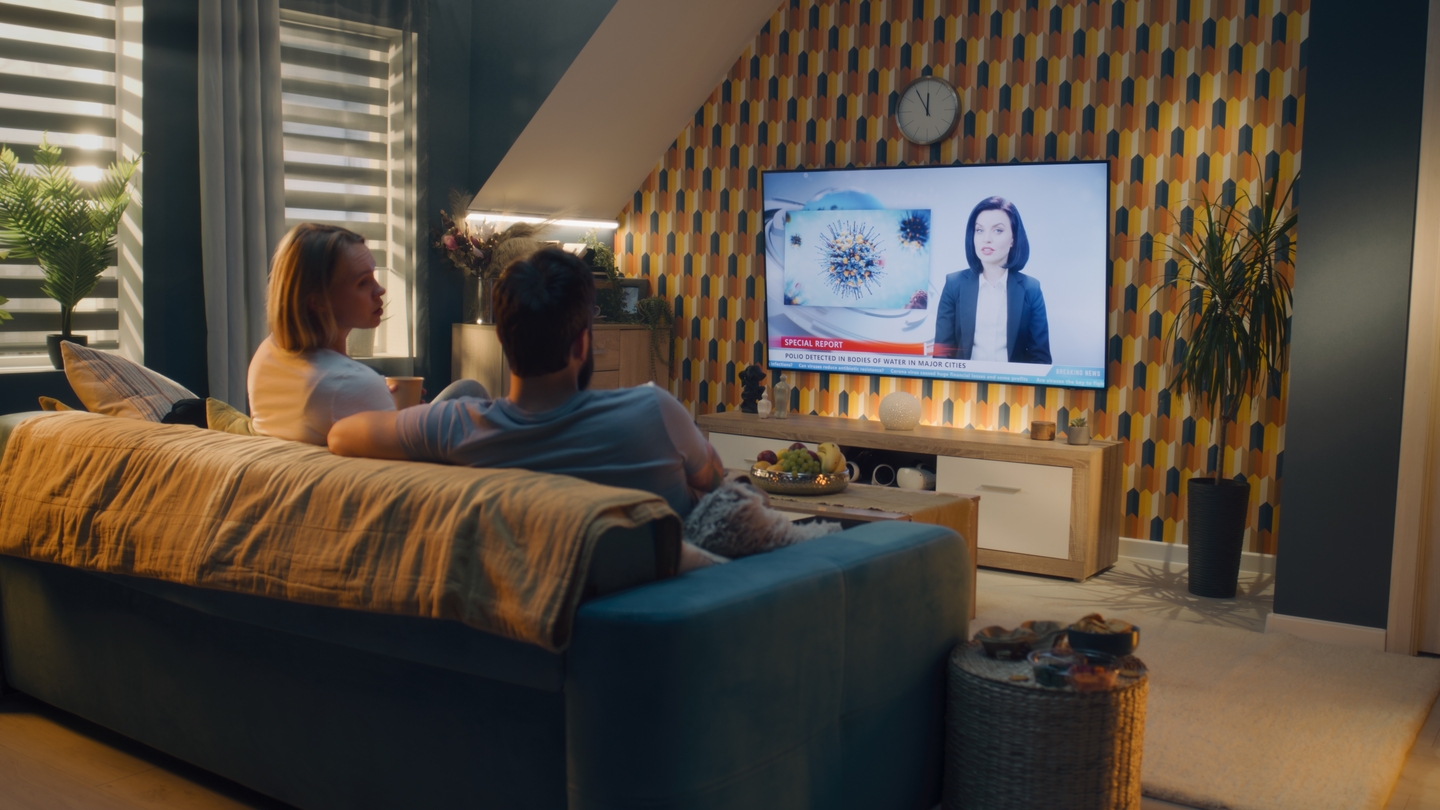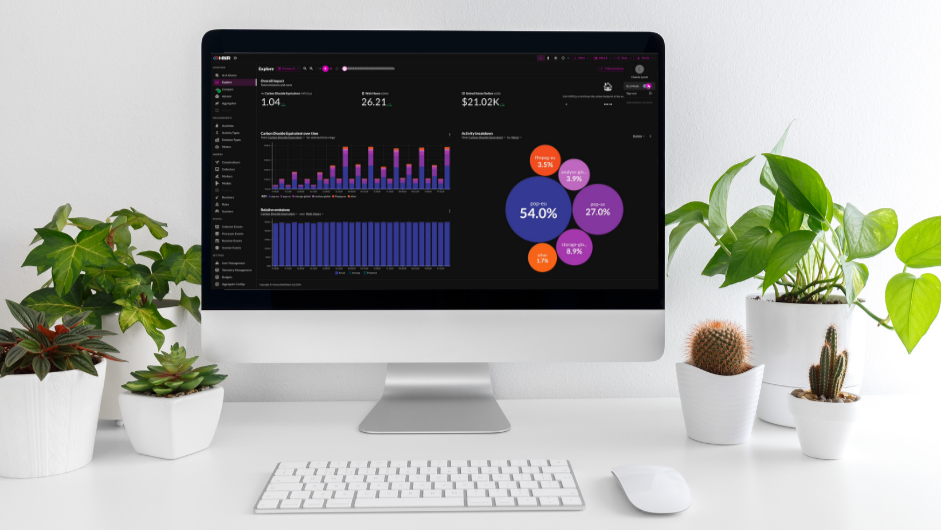Boom Radio, which launched last month, is thought to be the first UK station without a central studio facility. Kevin Hilton found out how the presenters are broadcasting entirely from home.
A name often says a lot about something. Boom Radio, which went on air in the UK on 14th February, is a new music and talk station for Baby Boomers (people born between 1946 and 1963/64). What the name doesn’t say - but the presenters do - is that it is being broadcast from the DJs’ homes, not a traditional studio centre.
While broadcasting from home is not new - it dates back to the 1970s and became easier during the 90s thanks to connection technologies such as ISDN (Integrated Services Digital Network) - the coronavirus crisis has made it a necessity rather than an option. Boom Radio has taken the idea further to become what is believed to be the first national UK radio station without a central studios building.
On air the station is targeting the 60+ audience, which founders Phil Riley - a radio executive (Chrysalis Radio and Orion Media) - and David Lloyd, who has worked variously as a...
You are not signed in.
Only registered users can view this article.

Behaviour-based data: Defining the advertising audience
A shift to defining audiences based on behavioural characteristics, allied to greater use of programmatic trading, could help boost the TV ad market, Xperi’s Chris Kleinschmidt tells IBC365.

How sport is embracing DTC at both ends of the playing field
Kevin Emmott reports on how two English football clubs at starkly different points of the football pyramid are going direct to fanbases with their content output.

Sustainable streaming: Delivering a greener vision for OTT
Increasingly powerful analysis platforms, infrastructure optimisation, improved resource utilisation and new methods of compression are among the developments helping the streaming sector to reduce its environmental impact, writes David Davies.
Creating a new sense of place for Welsh media innovation
The emergent virtual production scene in Wales has been boosted by the arrival of two new world-class facilities in recent months, both secured with the collaborative backing of Media Cymru. James McKeown spoke to Media Cymru’s Deputy Director, Professor Sara Pepper OBE, about the consortium’s mission to put Wales on the global media innovation map.

Flawless AI: “You can't put new lines in people's mouths without consent”
AI tools like Flawless visual dubbing are making a strong case for standard use in Hollywood.




